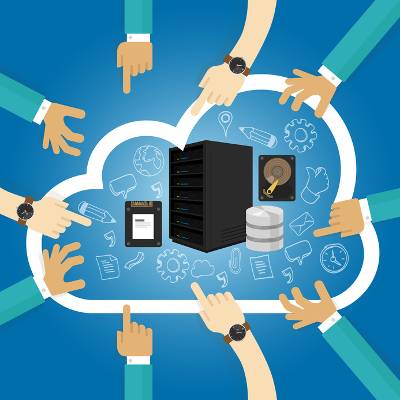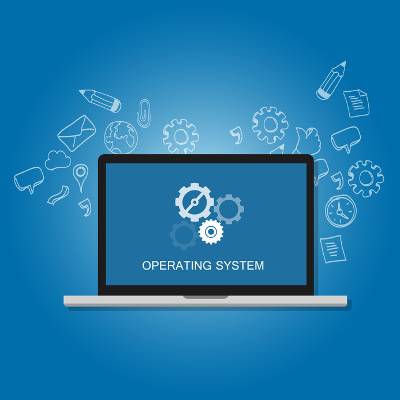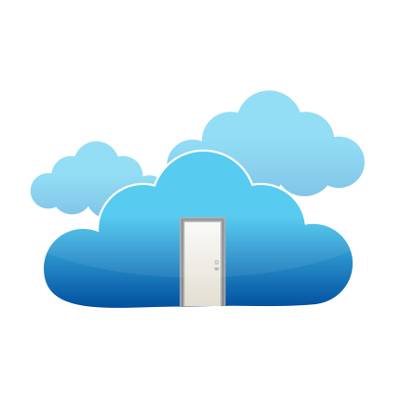Virtual reality is quickly becoming a smash hit with many industries, but one of the most incredible and unexplainable phenomenons has to do with VR’s use in the medical sector. While it’s been thought that VR can be used to help paraplegic patients to walk again using brain-controlled robotic limbs, recent innovations have shown that this has the ability to go above and beyond its expectations.
Macro Systems Blog
Not all Internet search tools are created equal. For example, sometimes you may use a website’s search feature, only to discover that it doesn’t provide the quality of results you’re used to getting from a major search engine like Google Search. When finding yourself in such a predicament, you’ve got a few options to help narrow down your search.
If you happened to plug your Kindle into your computer and get a blue screen of death, you aren’t alone. Many Kindle users have discovered that the Anniversary update to Windows 10 has caused an issue when attempting to use USB to charge the device or transfer books. It would seem that, within moments of connecting the Kindle to a Windows 10 device, the device will lock up and display the dreaded Blue Screen of Death before rebooting.
So, you’re convinced that cloud computing is the new way to go for your company. That’s great, and it’s an easy choice to make, seeing as the cloud affords organizations benefits such as increased productivity, improved collaboration, anytime/anywhere access, and much more. Now that you’ve decided to go with the cloud, what’s your next move as far as making this a reality?
Smartphones have become an inseparable part of the workplace, to the point where they’re almost necessary in order to maintain efficiency. Yet, sometimes it can feel like a hassle to switch to another device, even if it’s for something as mundane as making a phone call. Did you know that it’s super simple to add a second phone number to your smartphone?
Every security professional’s worst nightmare consists of the National Security Agency (NSA) being hacked. While there’s no proof that the NSA itself has been hacked, there is some evidence to suggest that some of the exploits used by the agency are up for grabs on the black market. What this means is that a lucky group of hackers could potentially get their hands on some very dangerous tools.
Disasters are an unfortunate part of doing business in a technology-heavy workplace environment. You need to expect the worst, but it’s often difficult to predict what types of disasters your organization will have to endure. There are a few universal disasters that you’ll encounter, regardless of where in the world your business operates.
We think that it’s safe to say that nobody enjoys their inbox receiving incredulous amounts of emails on a regular basis. Yet, the business owner must maintain their inbox every day, and if a message doesn’t strike them as important, they’ll probably either ignore it or delete it completely. Here’s how you can prevent this from happening.
Windows is perhaps the most widely-used computing tool in the workplace, and as such, it remains a huge target for hackers of all kinds. Criminals are always trying to uncover vulnerabilities in the operating system, but this time around, Microsoft has truly outdone themselves. Windows 10’s built-in security, according to hackers at the Black Hat conference in Las Vegas, allows for the most secure Windows operating system in several years.
Replacing your aging or broken-down hardware is a part of doing business, and one that few business owners want to think about before it must be done. Hardware is expensive and tricky to replace without experiencing at least some downtime. That’s not to mention arguably one of the most important questions you have to ask yourself: What do you do with your old technology that’s filled with sensitive data?
If you ever question why your business needs to take advantage of network security and all of its components, consider this fact: the average cost of data breaches, worldwide, has increased by 29 percent since 2013. Believe it or not, the average cost per data breach is now an astounding $4 million! Now, we’ll ask you again; can your business afford to deal with a data breach or data loss disaster?
Computers used to be great hulking pieces of machinery that were difficult to move. These days, however, mobility is a major contributing factor when buying a new device. Today’s smartphones are more powerful than computers built a decade ago, so it’s no surprise that organizations are prioritizing in mobility.
Running a business is hard. As a business owner, you know this better than anyone else. You have to juggle your assets, manage your workforce, and schedule out tasks to those who are most qualified. Yet, there will likely come a time when a task comes along that nobody within your business is qualified to perform. For many organizations, this task is IT management.
The Internal Revenue Service is one organization that you don’t want to mess with. Thanks to their antics filing fraudulent tax returns through the often-exploited Get Transcript site managed by the IRS, Anthony and Sonia Alika have to do some time in the slammer; and that’s not even mentioning what they have to pay the IRS in restitution.
You’ve heard it said that it’s a best security practice to routinely change your passwords. The idea here is that, if a password were stolen, then it would lose its value when the user goes to change it. While this sounds like solid logic, new research shows that it may actually be better NOT to change your passwords.
Ransomware, the malware variant that has appeared more and more frequently has struck again, this time targeting users of Microsoft Outlook in a zero-day attack. A malware variant of Cerber (a ransomware) was recently utilized in a large scale attack on users of the messaging program, sent via phishing emails to corporate users.
Security professionals have been at war with hackers ever since the Internet was created, but a recent NATO decision has affirmed the fact that cybersecurity is a real-world problem, and one that needs to be fixed. Just like land, air, and sea, cyberspace has become a battlefield, albeit a very different kind of battlefield.
Storing physical files has been an important part of the office infrastructure for a very long time, and for good reason: every organization has some information they have to store. Traditionally, files were stuffed into folders and catalogued in a file cabinet for “easy” access. This is how many offices still look like, but when it was time to move files, it took a lot of work. Now, since many files are stored electronically, there are many shortcuts that you can take to improve the way you move your files.
Memes are deeply rooted into today’s online culture. Thanks to the Internet, even the most absurd things can quickly gain popularity through social media and online forums. While they might seem silly and pointless, it would be foolish to dismiss them as wastes of time; especially considering how popular they are. If you are looking for a creative way to get your name and brand out there, why not try using memes?























